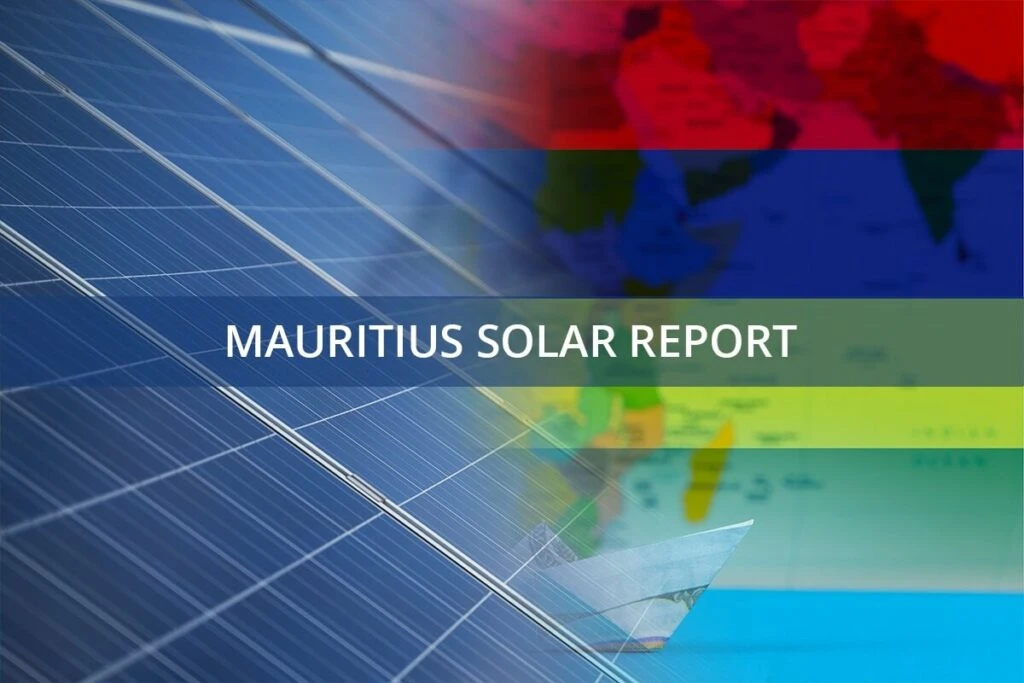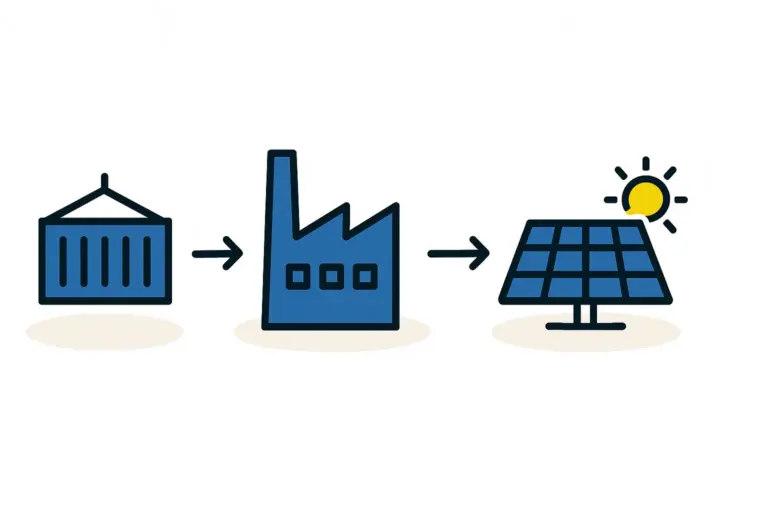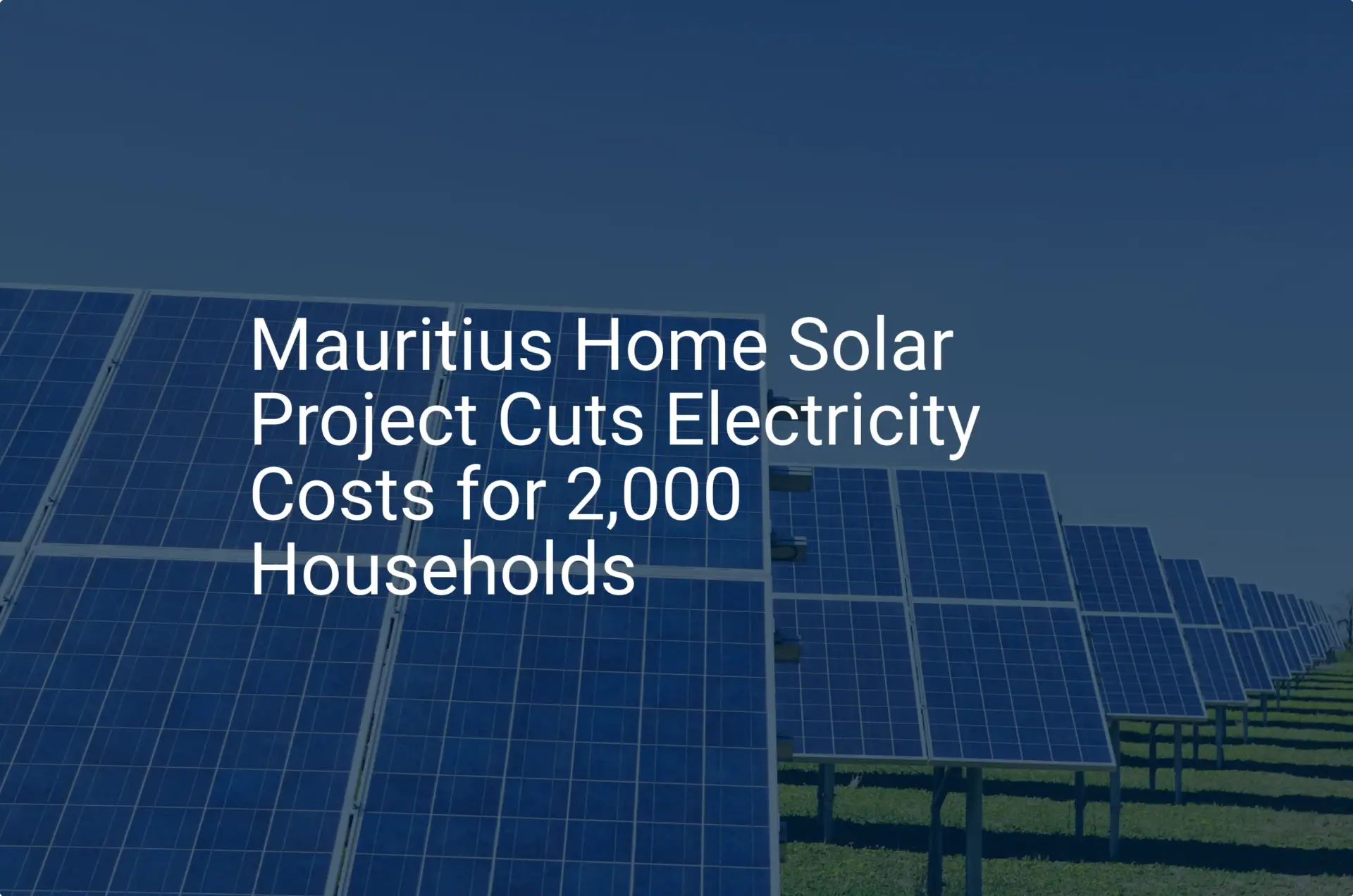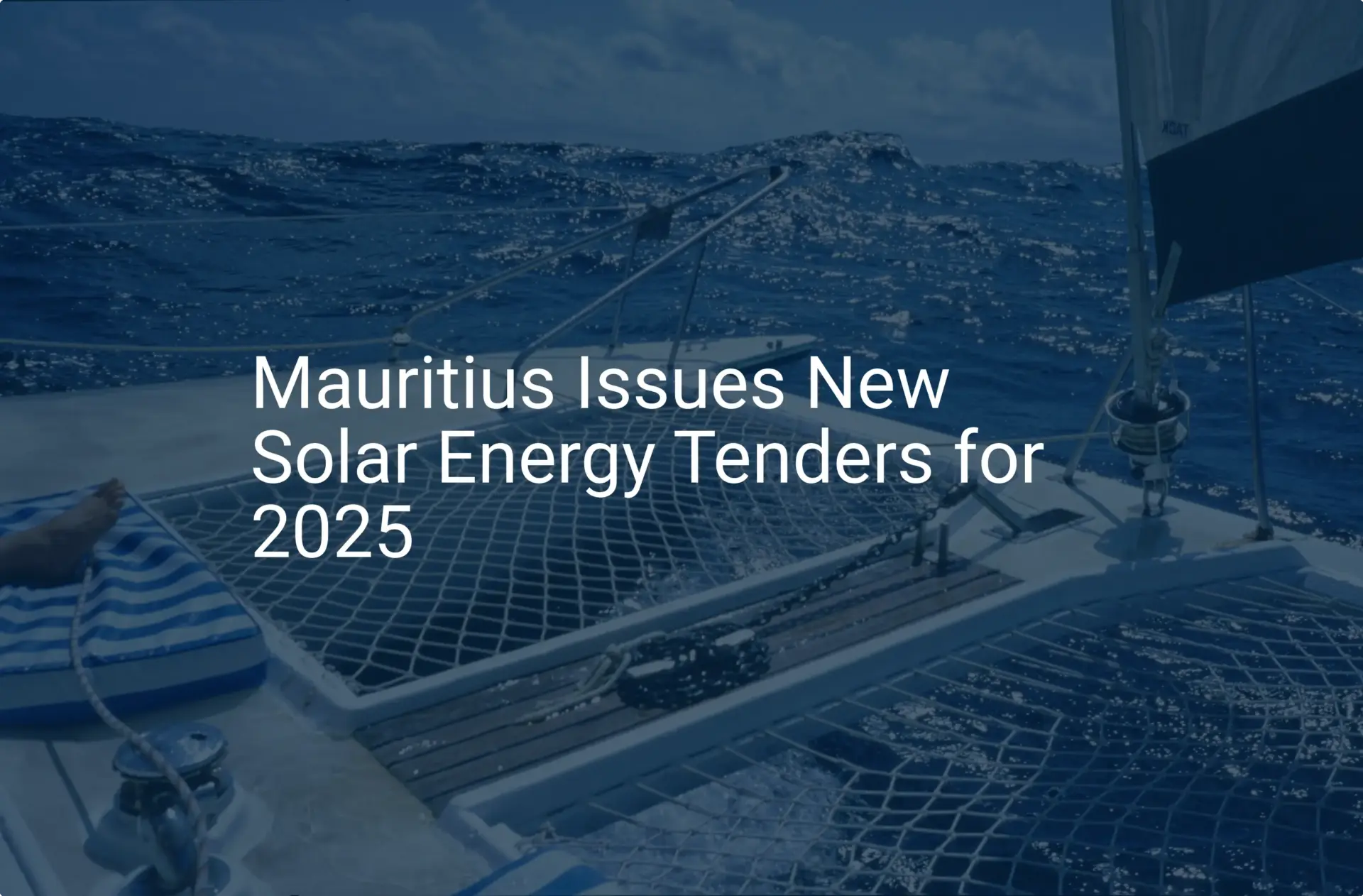An investor exploring new markets sees immense potential in Mauritius. High solar irradiation, growing energy demands, and supportive government policies make it an ideal location for a new solar module factory. The business plan is solid and the technology is proven, but a critical factor, often overlooked in initial financial models, lies not in the market but in the sky: the annual cyclone season.
For professionals entering the solar industry, underestimating this threat is a common oversight. A tropical cyclone is not merely a period of bad weather; it is a fundamental business risk that can erase millions in investment overnight. Building a solar factory in such a region requires a shift in mindset—from standard industrial planning to resilience engineering. This guide outlines the essential structural, supply chain, and operational considerations for protecting a significant capital investment against extreme weather events.
The Unique Challenge: Beyond Standard Factory Planning
A factory designed for a stable climate in Europe or North America is fundamentally different from one built to withstand the 200 km/h winds of a Category 3 cyclone. Standard approaches to factory construction and logistics are inadequate for regions like Mauritius, Madagascar, or the Caribbean.
A single severe storm can halt operations for months—not just by damaging the facility but by crippling the entire supply chain, closing ports, blocking roads, and delaying shipments of critical raw materials.
The business case remains strong. For island nations, local solar manufacturing reduces reliance on volatile imported fuel prices and strengthens energy independence. Success hinges on addressing environmental risks with the same diligence applied to market or financial risks. Experience from J.v.G. turnkey projects in challenging environments shows that a successful plan integrates resilience into every stage, from the first architectural drawing to the final operational protocol.
Structural Fortification: Building a Cyclone-Resistant Facility
The physical building is the first and most critical line of defense, as its failure guarantees total operational collapse. Designing a cyclone-resistant structure is not an optional upgrade but a core requirement.
Understanding Wind Loads and Building Codes
When high-velocity winds move over a large, flat-roofed building, they create immense pressure differences. The wind pushing against a wall generates positive pressure, while the wind accelerating over the roof creates a powerful lifting force, or negative pressure—similar to how an airplane wing generates lift. This uplift can tear roofing materials away and, in severe cases, compromise the entire structure.
International building codes like ASCE 7 provide a baseline, but local regulations in cyclone-prone areas are typically far more stringent. Engaging structural engineers with specific experience in Mauritius or similar regions is essential. These specialists will ensure the design complies with local codes and accounts for the specific wind speeds and storm characteristics of the Indian Ocean basin.
Critical Design Elements
A cyclone-resistant design focuses on several key areas:
-
Foundation and Frame: The building must be anchored by a deep, reinforced concrete foundation designed to resist uplift. A steel-frame structure provides the necessary strength and flexibility to withstand extreme lateral forces.
-
Roofing System: The roof is the most vulnerable component. A resilient design includes a reinforced deck, high-grade waterproofing membranes, and mechanical fasteners with a high pull-out rating. Large overhangs, which can catch the wind, should be avoided.
-
Walls and Openings: Walls should be constructed from reinforced concrete or steel panels. All doors, windows, and ventilation louvers must be cyclone-rated, meaning they are tested to resist high-velocity impacts from flying debris and extreme wind pressure.
Building a facility to these standards involves higher upfront costs. Investors should anticipate that the civil works budget for a cyclone-resistant structure can be 15–20% higher than for a standard industrial building. However, this is a calculated investment in business continuity. An essential first step in any project is understanding the baseline building requirements for a solar panel factory.
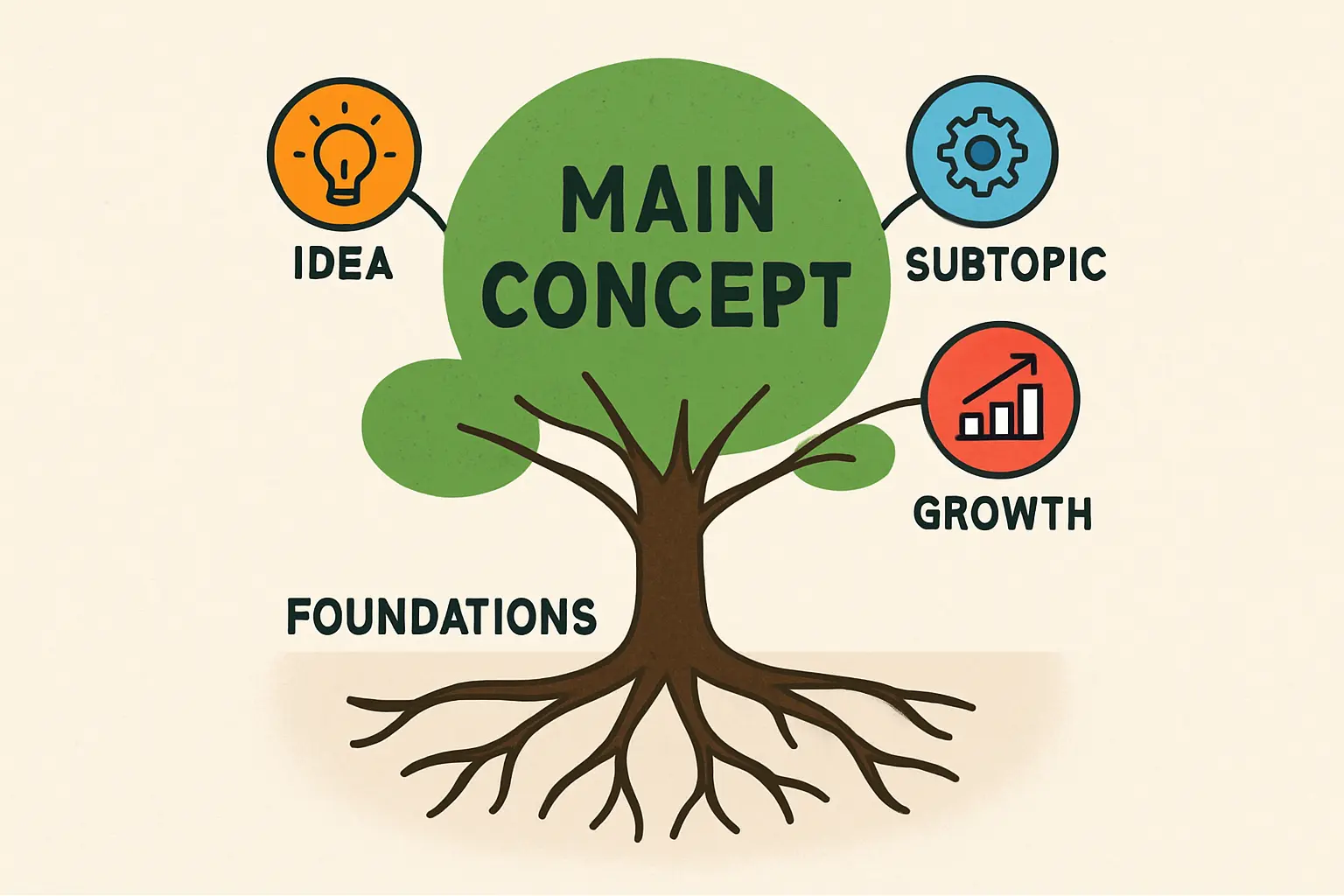
Securing the Supply Chain Against Disruption
A fortified factory is of little use if it lacks the materials to produce modules or the ability to ship finished goods. Cyclones regularly cause multi-week disruptions to ports, airports, and ground transportation.
Pre-Cyclone Contingency Planning
The cyclone season in Mauritius typically runs from November to May. A resilient operational plan uses the calmer months to prepare.
-
Strategic Inventory: Instead of a lean, just-in-time inventory model, a factory in a high-risk zone must maintain a larger buffer stock of essential raw materials needed for solar module manufacturing. This includes solar cells, EVA encapsulant, backsheets, and glass. Holding a 60- to 90-day supply of key items can allow production to continue even if shipping is halted for a month.
-
Supplier and Logistics Diversification: Relying on a single shipping line or port of entry creates a critical point of failure. The business plan should identify and establish relationships with multiple freight forwarders and explore alternative logistics routes, even if they are slightly more expensive. For certain high-value, low-volume components, having air freight as a backup option can be a worthwhile expense.
Post-Cyclone Recovery Strategy
After a storm passes, the race to resume operations begins. A pre-defined recovery plan is vital. It should include agreements with local logistics partners for priority access to transportation once roads are cleared, as well as procedures for assessing damage to critical infrastructure like ports and highways. The ability to pivot quickly to alternative transport methods can provide a significant competitive advantage.
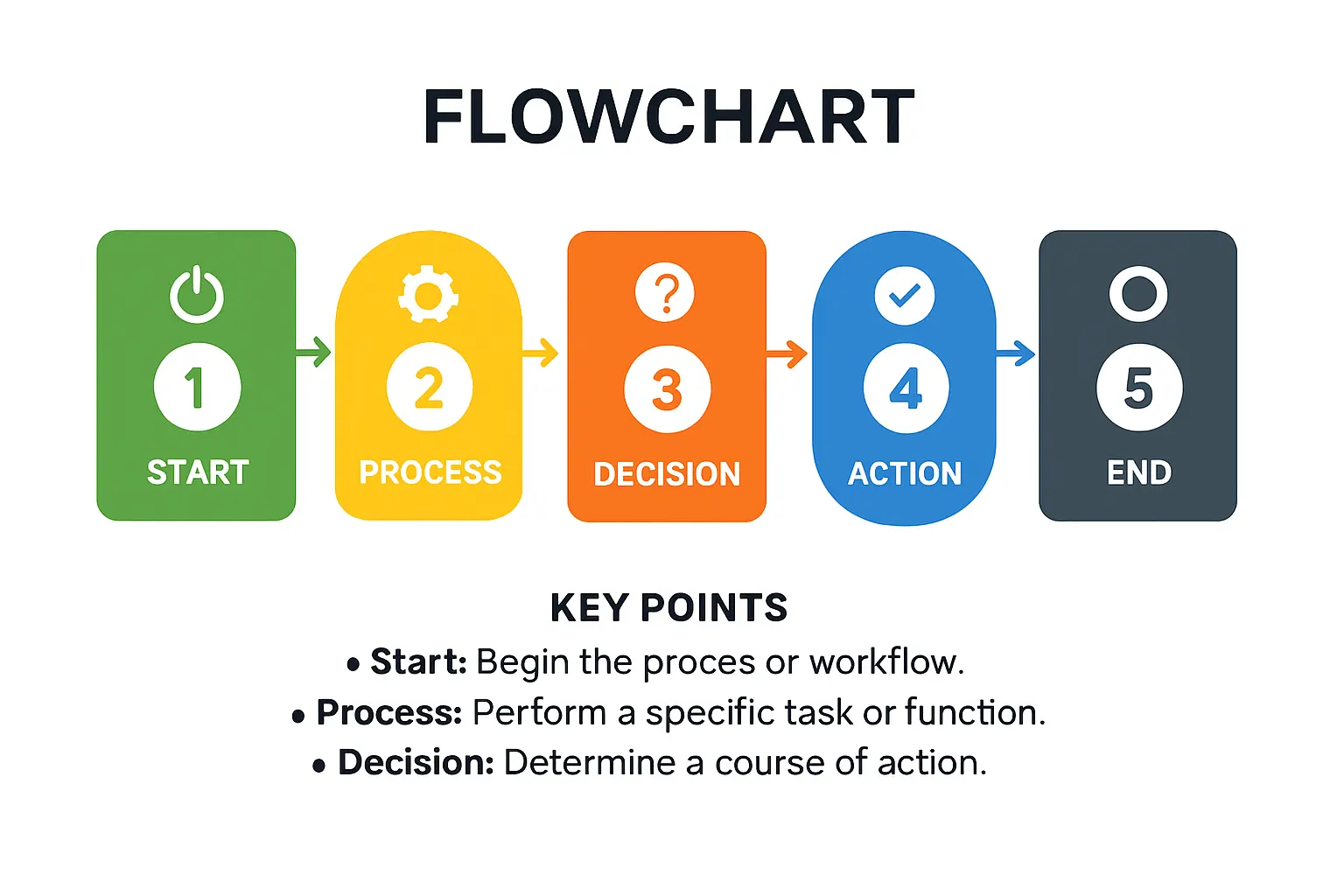
Operational and Financial Resilience
Beyond the physical assets, the business itself must be structured to absorb the shock of a major weather event.
Insurance as a Non-Negotiable Tool
Standard property and casualty insurance is often insufficient in a cyclone zone. Policies may contain specific exclusions for ‘named storms’ or feature deductibles so high that they offer little practical protection. Two specialized forms of insurance are critical:
-
Business Interruption (BI) Insurance: This covers lost income and ongoing operating expenses if the factory is forced to shut down due to a covered event. It ensures that payroll, loan payments, and other fixed costs can be met even when no revenue is being generated.
-
Parametric Insurance: This policy pays out a pre-agreed amount when a specific trigger is met—for example, when wind speeds in a defined area exceed 150 km/h. The payout is automatic and rapid, providing immediate liquidity for recovery efforts without a lengthy claims adjustment process.
Premiums for such coverage in Mauritius will be considerably higher than in low-risk locations. These costs must be built into the operational expenditure model from the project’s inception.
Workforce Safety and Training
Protecting the facility’s most valuable asset—its people—is paramount, requiring clear, well-rehearsed emergency protocols. These include procedures for the safe shutdown of all solar panel manufacturing machines, securing the premises, and communicating with employees before, during, and after a storm. Regular drills ensure that the entire team can respond efficiently and safely when a cyclone warning is issued.

Frequently Asked Questions (FAQ)
How much more does it cost to build a cyclone-resistant factory?
While costs vary, investors should budget for a 15–25% increase in structural and civil engineering expenses compared to a standard industrial building. This investment significantly reduces the risk of a total loss, which could jeopardize the entire project.
Can the finished solar modules withstand a cyclone?
Modern solar modules are tested against hail and wind loads. However, the primary risk is not to individual modules but to the factory building, production lines, and stacks of finished products stored in the warehouse. Secure, reinforced storage areas are essential.
Does the government in Mauritius offer support for such investments?
Yes, government bodies like the Economic Development Board of Mauritius often provide incentives for strategic investments, particularly in sectors like renewable energy manufacturing. These incentives can help offset some of the additional costs associated with building a resilient facility.
How long is the typical cyclone season in Mauritius?
The official season runs from November to May, with the highest probability of severe storms occurring between January and March. This period defines the high-risk window for operational and logistical planning.
From Risk Mitigation to Strategic Advantage
Planning for cyclones is not an exercise in pessimism; it is a fundamental component of a sound business strategy in tropical regions. Integrating structural resilience, supply chain redundancy, and robust financial and operational planning from the outset allows an investor to turn a significant environmental risk into a competitive advantage.
A factory that can withstand a major storm and resume operations quickly becomes the most reliable supplier in the market, capturing share while others are forced to rebuild.
Navigating these complex local requirements demands structured guidance. Our planning frameworks at pvknowhow.com help investors account for these regional variables from the earliest stages, ensuring your business plan is not only profitable but also durable. Understanding the total investment needed to start a solar factory helps place these specific costs into a broader, more realistic context.

